An Alligator, also known simply as a “gator,” is a large reptile in the taxonomic genus Alligator. The only living species in the genus are the Chinese and the American Alligators.
They are members of the taxonomic order Crocodilia, along with crocodiles, gharials, and caimans. Their closest relatives, the caimans, share the Alligatoridae family, but researchers do not consider them “true Alligators.” Read on to learn about the Alligator.
Description of the Alligator
Compared to the rest of the crocodilians, these reptiles have broad snouts. Crocodiles have v-shaped snouts, while both species of Alligators have u-shaped snouts. They also have thick bodies, short limbs, and heavily armored scales.
The American species measures about 12 – 13 ft. long on average, and typically weighs about 300 lbs. The largest recorded individual measured over 19 ft. long. Conversely, the Chinese species reaches about 5 – 6 ft. long and weighs around 90 lbs.
Interesting Facts About the Alligator
These reptiles face incredibly volatile stigma. Learn more about how these two species behave, below.
- Alligator Interaction – Despite their toothy reputation, gators have killed just eight people in the past decade. In comparison, crocodiles cause hundreds of deaths in a single year.
- Incubation – Females build their nests as something of a compost heap. They pile various types of vegetation onto their eggs. As these plants decompose, they release heat to incubate the eggs.
- Don’t Mess with Mama – A female gator remains in close proximity to her nest. She will attack anything that wanders too close or attempts to steal her eggs. When the young begin to hatch, they make a distinctive chirping sound. When she hears their calls, she digs them from the nest and carries them to the water.
- Dedicated Parent – Even after the young reach their lake, pond, or small wetland, the mother continues to protect them. As long as the hatchlings remain in close proximity, she will attack anything that attempts to prey on them.
Habitat of the Alligator
Even though the two species live on opposite ends of the world, they live in very similar habitats. Both inhabit primarily freshwater habitats. However, the American species also lives in brackish water, which is a mixture of fresh and saltwater.
Some of their favorite ecosystems include swamps, wetlands, marshes, lakes, rivers, ponds, streams, and more. Occasionally, they show up in swimming pools and man-made fish ponds.
Distribution of the Alligator
Each species has its own specific distribution. The American species lives throughout the coasts of the southeastern United States. Its range spreads from eastern Texas throughout Florida, and north to North Carolina.
The Chinese species lives in China. It has an extremely restricted range, and lives only in a tiny portion of eastern China. Currently, researchers estimate that it only exists in six counties in China.
Diet of the Alligator
Like all crocodilians, these reptiles are carnivores. This means that they only eat meat. They are incredibly opportunistic, preying upon virtually anything that they can subdue. Bigger individuals can kill and eat larger prey.
Some of the different types of prey that they take include fish, insects, snakes, lizards, birds, raccoons, feral pigs, turtles, and more.
Alligator and Human Interaction
Historically, humans have drastically overutilized these reptiles for their meat and skin. Habitat destruction also poses a danger to these reptiles. While the American species has made a booming recovery, the Chinese species has not.
The IUCN lists the American species as Least Concern, and the Chinese species as Critically Endangered.
Domestication
Humans have not domesticated these animals in any way.
Does the Alligator Make a Good Pet
No, gators definitely do not make good pets. Even young animals grow quite rapidly, and adults reach sizes much too substantial for the average person to easily house. Additionally, adults are more than capable of killing a person, and only trained professionals should handle them.
Alligator Care
People keep these large reptiles in both zoos and farms. For the Chinese species in particular, captive breeding programs allow researchers to maintain a population to reintroduce into the wild. Animals in zoos also help educate the public about the misconceptions associated with these reptiles.
In human care, these reptiles need large enclosures with pools deep enough for them to submerge themselves. Zookeepers feed them a variety of different foods, from fish or chicken to rabbits.
Behavior of the Alligator
Both species live primarily nocturnal lives, hunting mostly at sunset and throughout the night. Younger animals are more social than adults. They congregate in large numbers to bask in the sun or feed on prolific food sources.
Particularly as the breeding season arrives, they become more territorial in nature. During the winter, both species remain dormant in underground burrows to avoid the cold.
Reproduction of the Alligator
After mating, the female builds a nest out of masses of vegetation. The plant matter slowly decomposes, or decays. As it does so, the process releases heat, which warms the incubating eggs. The average clutch contains about 40 eggs.
After around 2 months, the eggs begin to hatch. When they hatch, the young chirp from within the nest and the mother carefully digs them out. She carries them to the water in her jaws, and guards them until they are about a year old.

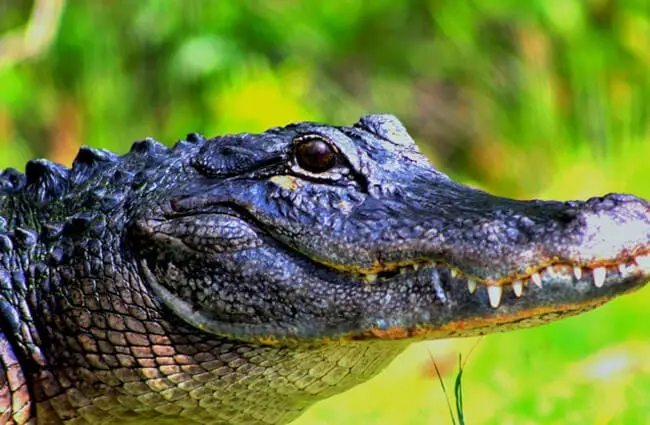
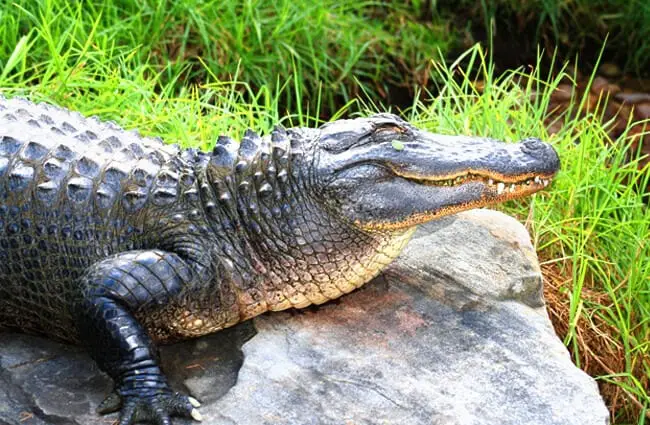
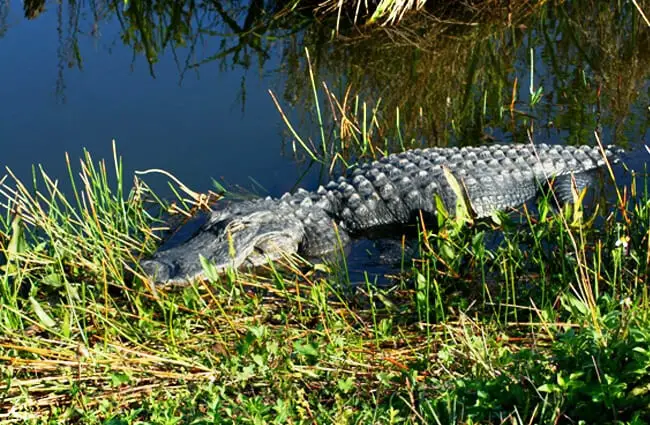
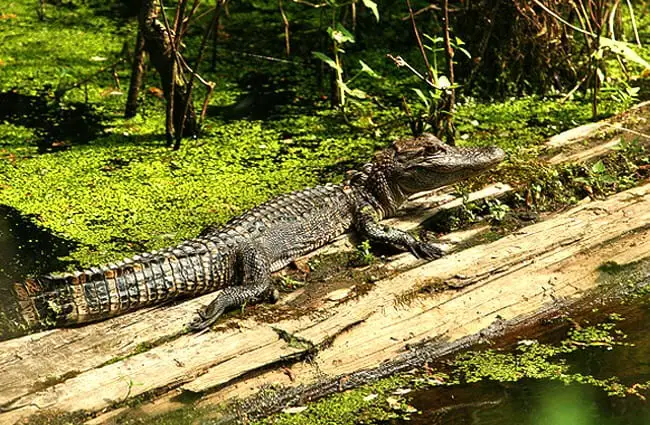
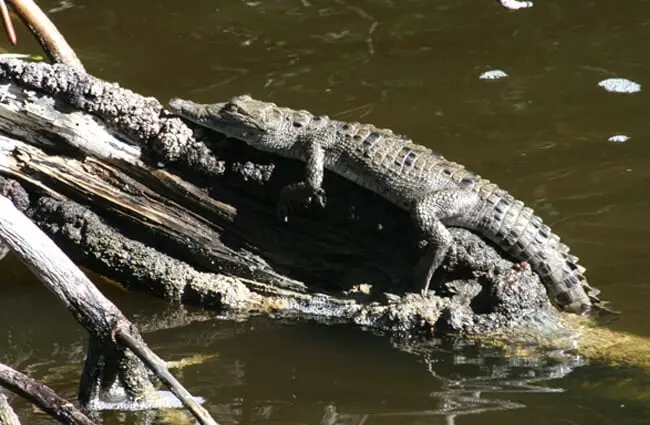
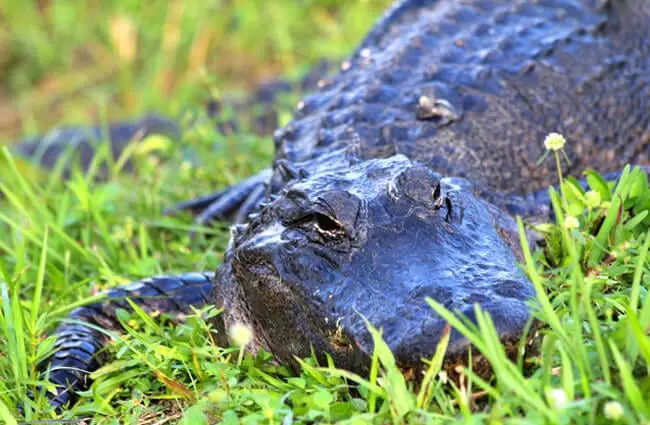
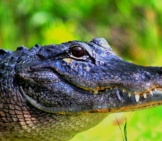
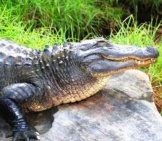

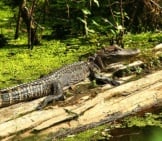
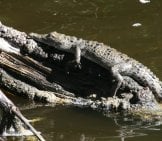
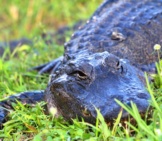
![Red Angus Closeup of a beautiful Red Angus cowPhoto by: U.S. Department of Agriculture [pubic domain]https://creativecommons.org/licenses/by/2.0/](https://animals.net/wp-content/uploads/2020/03/Red-Angus-4-238x178.jpg)












![Red Angus Closeup of a beautiful Red Angus cowPhoto by: U.S. Department of Agriculture [pubic domain]https://creativecommons.org/licenses/by/2.0/](https://animals.net/wp-content/uploads/2020/03/Red-Angus-4-100x75.jpg)

